War crimes were a major problem during WWII and they sparked racism and hatred throughout countries. Among these, the Bataan Death March is no different. After the three-month long Battle of Bataan, the march took place in 1942 and involved the transfer of about 75,000 American and Filipino prisoners of war, who were captured by Japanese Empire soldiers.
On April 9, 1942 American and Filipino troops on the Bataan Peninsula on West Luzon Island decided they must surrender. They were no match to the Japanese because they were very low on food and supplies, and had been on half-rations since January. General Masahuro Homma took the soldiers prisoner but there were a lot more men than he had expected. He could not take all of them by trucks like he had planned, so the soldiers had to march the 70 miles from Mariveles to San Fernando and then would be taken to the prison camps in Capas by train. The Japanese government expected the march to only last three days but it ended up taking a full week.
The death march is known today by its various torture methods, mass-murders, and the high fatalities of the prisoners and civilians along the route. Beheadings, cutting of throats, and shootings were the more common actions, compared to bayonet stabbing, rifle-butt beating, and running over unconcious troops with trucks and tanks. The most despicable actions were of the Japanese officers not providing any food or water to the POWs, and killing them on sight if they attempted to get water from the artesian wells on the side of the roads. Falling down or not being able to continue was a death sentence, as was any expression of protest or displeasure.
The exact death toll has been impossible to determine because thousands of captives were able to escape from the guards, but postwar Allied reports figured that only about 54,000 prisoners reached their destination. This adds up to a killing rate from one in four to two in seven (25-29%). Surely this massacre was absolutely unacceptable, especially on an international stage, and Japan had to pay. General Homma gave the orders for the march but did not actually participate in it. Therefore he was not directly responsible for the murders and atrocities. Homma left Colonel Masanobu Tsuji in charge of the captives but this turned out to be a monumental mistake which would cost him his life in the end.
After Japan’s surrender in September 1945, American authorities arrested Homma so that he could be tried by an American military tribunal rather than the International Allied War Crimes Commission. He was convicted by the U.S. military tribunal for war crimes in the Philippines, such as the Bataan Death March and the following killings at Camp O’Donnell and Cabanatuan (the prison camps) and sentenced to death by firing squad.
This verdict was highly controversial for several reasons. Homma, who was busy preparing an attack on Corregidor, left the POW problems to his lower ranked officials and ordered the entire command in charge to treat the prisoners with a “friendly spirit.” Homma claimed that he did not know about the massacre until after the war. Most people at the time wanted Tsuji to be tried but he was in hiding in Thailand after being defeated. He was left in charge of the men in the death march and was open about not wanting to spare them. It was publicly stated that Homma ordered the POWs to be treated fairly. Colonel Tsuji and his followers began calling officers in the field and ordering them to kill all the prisoners that were under their control. They justified this saying that the orders were from the Japanese Army General Staff. Tsuji believed that disposing of all the POWs would save time, energy, and supplies and insisted that examples needed to be made of anyone who resisted the will of Japan.
He was known to commit senseless murders after Singapore fell and was responsible for Sook Ching (Operation Clean-up) which involved killing upwards of 10,000 Chinese residents of Singapore. There was plenty of evidence to convict Colonel Tsuji of these war crimes once he was out of hiding but for unknown reasons, the Allied Commission never tried him for anything. As for General Homma, he was executed for the actions of his men rather than having ordered the actions himself.
WC 731










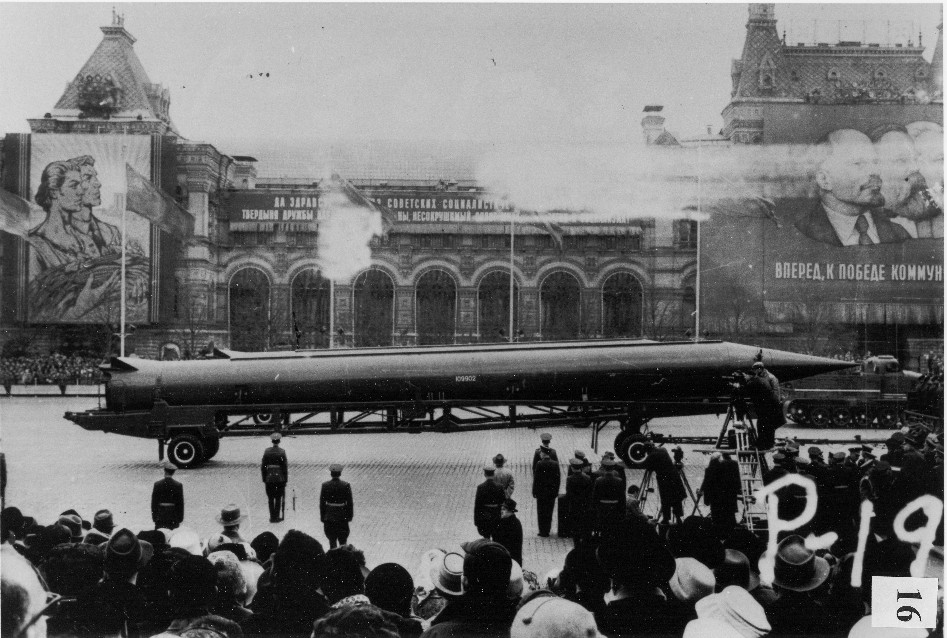





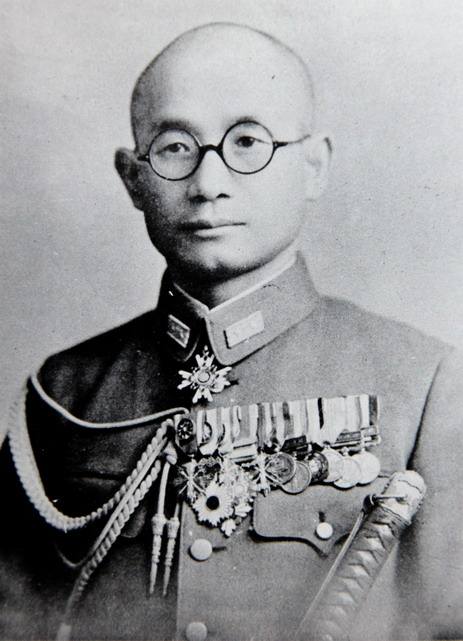
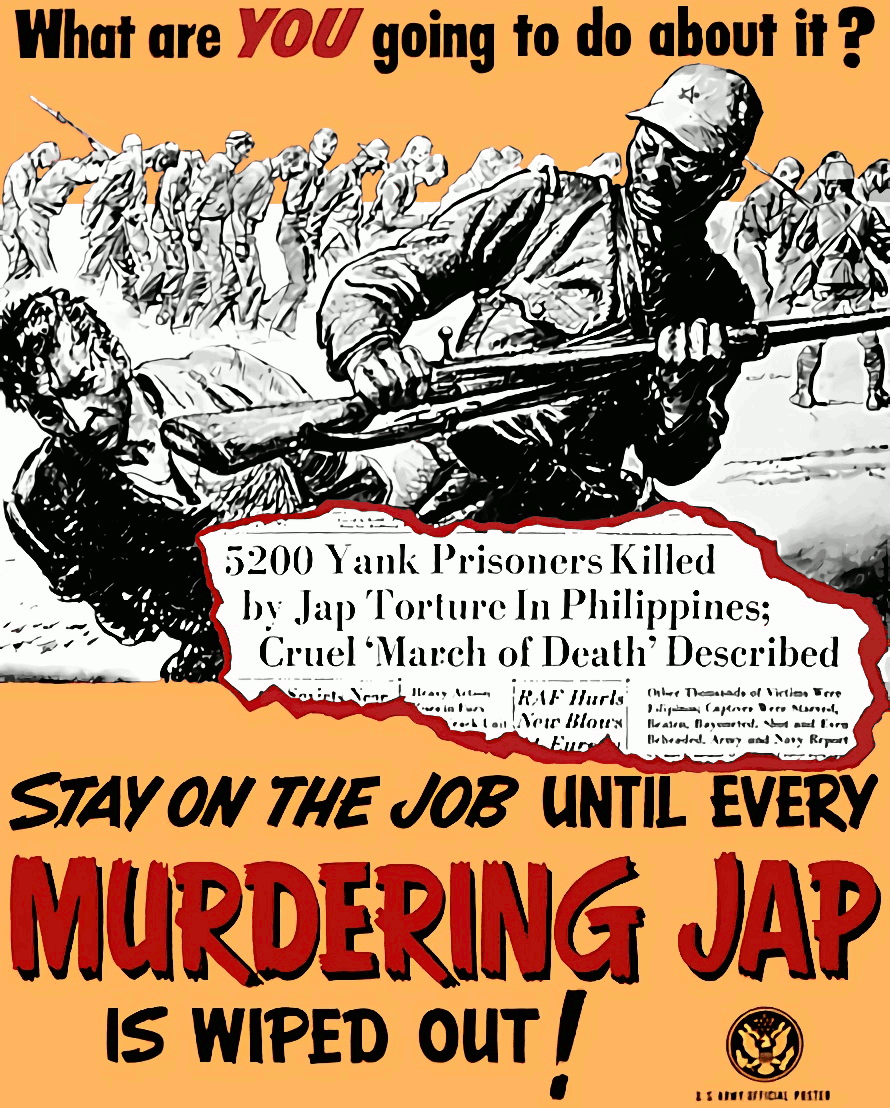
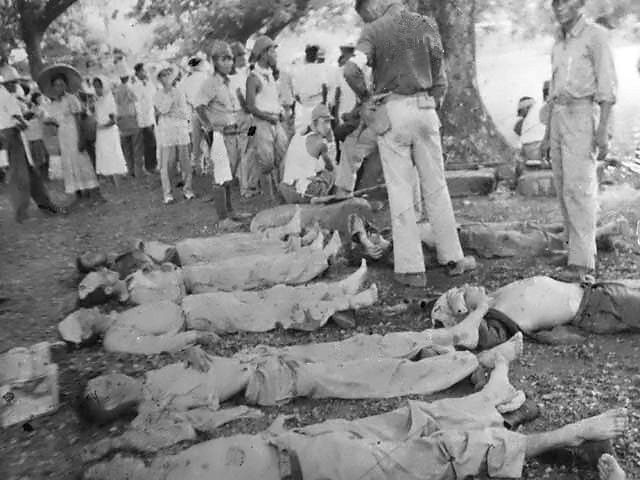



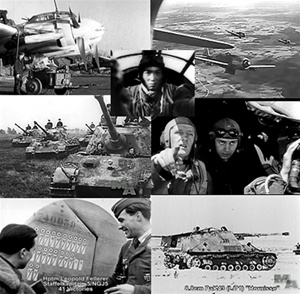



I don't agree with Homma being tried by an American Military Tribunal without Tsuji also being tried as a criminal. I believe this is a cover up by the Allied Commission. It's so sad to think that people with military power can be so cruel.
ReplyDeleteFirst of all isn’t it illegal to kill a soldier once he has surrendered and one could be charged for murder if done so? If so why weren’t all the soldiers who took part in the march charged with murder instead of charging General Homma for the unknowing actions of his lower officers when he wasn’t actually there?
ReplyDeleteHow was the general not directly responsible for the murders if people knew he did it?
ReplyDeleteThe death tolls of the murdered soldiers were only estimations because many escaped their guards or went to different prison camps. There was no way of tracing the murders back to all of the guards so the commanding officer is held responsible. What makes the outcome of the Death March controversial is that the General got prosecuted when the Colonel should have because he was in command of the Japanese soldiers committing the murders.
ReplyDeleteWhat i don't understand is how General Homma gave orders and never would participate in them makes him not responsible for murders and atrocities? Even though he didn't actually kill those people he still is responsible reguardless.
ReplyDeleteBataan day has been a National Holiday in the Philippines. It showed the Americans and Filipinos loyalty to each other. In the 1990's, the Filipinos voted to end the stay of American military bases in the Philippines. If there were to be another death march, do you think that the Americans will still be there for the Filipinos?
ReplyDelete